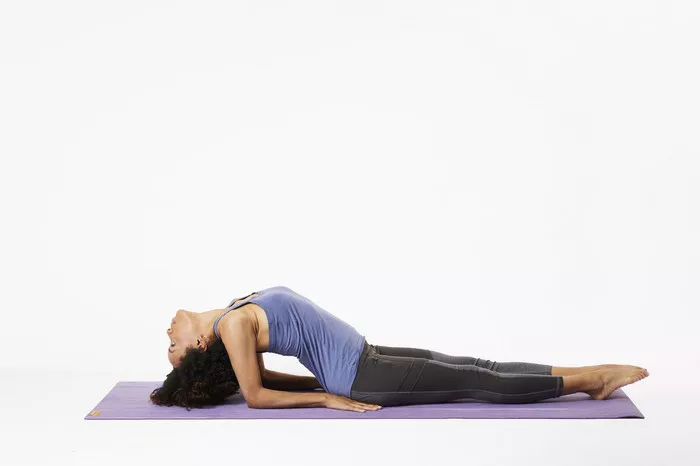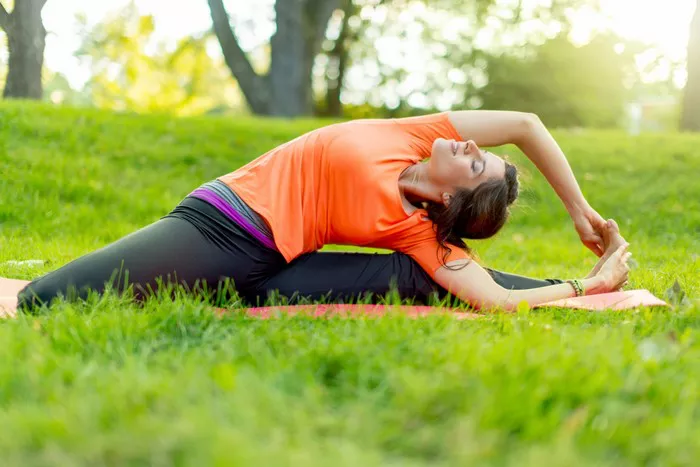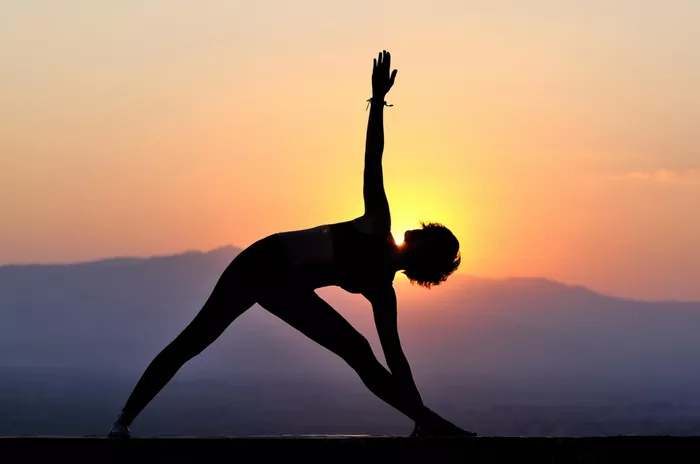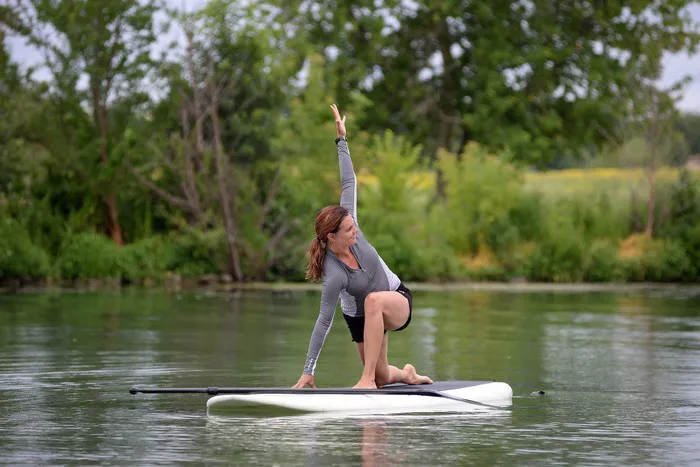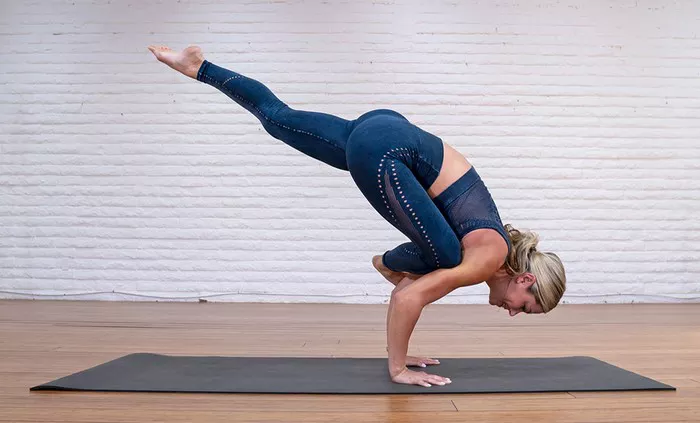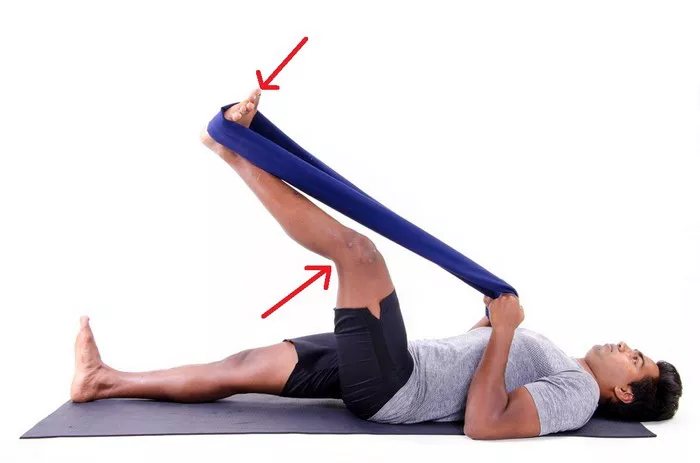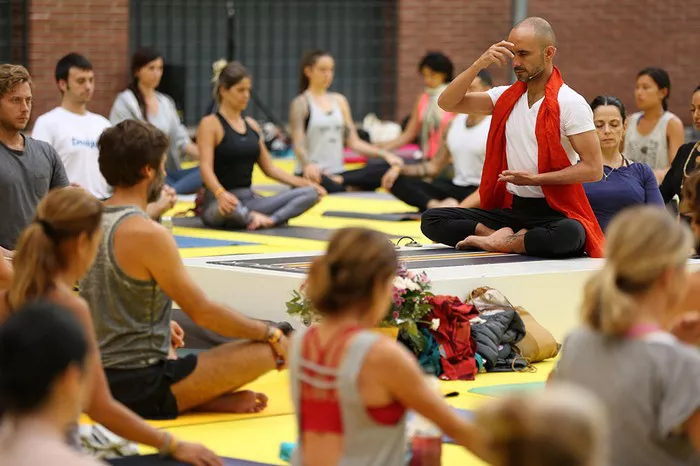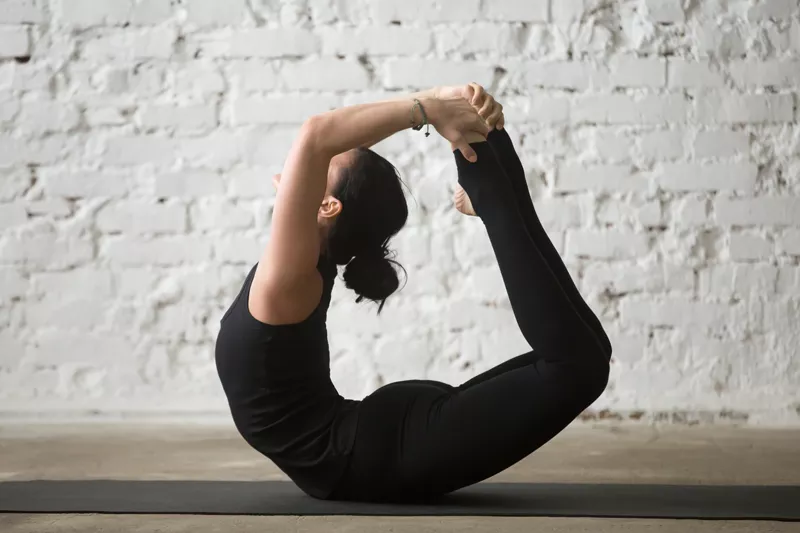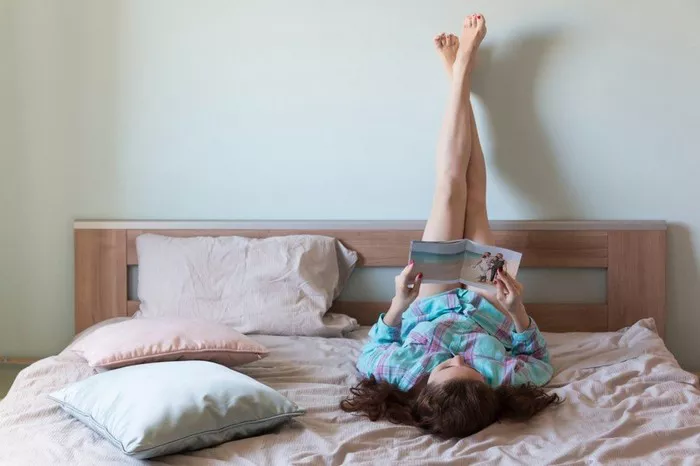Restorative yoga is a gentle yet profound practice that focuses on relaxation and rejuvenation of the body and mind. Bolsters play a crucial role in supporting various restorative yoga poses, allowing practitioners to achieve deeper relaxation and release tension. Choosing the right bolster can enhance the effectiveness and comfort of your restorative yoga practice. In this article, we’ll explore some of the best bolsters for restorative yoga, along with specific yoga movements and corresponding times to maximize your practice.
1. The Round Bolster:
The round bolster is a versatile and commonly used prop in restorative yoga. Its cylindrical shape provides excellent support and comfort during reclining and seated poses. For example, in the Supported Child’s Pose (Balasana), place the round bolster lengthwise along your thighs and abdomen, allowing your torso to gently rest on it. Hold the pose for 5-10 minutes, focusing on deep, steady breaths to release tension in the lower back and hips.
2. The Rectangular Bolster:
Rectangular bolsters are ideal for providing stable support in a variety of restorative yoga poses. In the Supported Reclining Bound Angle Pose (Supta Baddha Konasana), place a rectangular bolster horizontally behind your back and lie down with your spine supported. Bring the soles of your feet together and let your knees fall outward, allowing the bolster to support the entire length of your spine. Hold this pose for 8-12 minutes, allowing gravity to gently open the hips and chest.
3. The Pranayama Bolster:
Pranayama bolsters are specially designed to support the spine and facilitate deep breathing exercises. Use a pranayama bolster in the Supported Corpse Pose (Savasana) by placing it lengthwise under your spine, from the base of the skull to the tailbone. Allow your arms to rest comfortably at your sides with palms facing up. Stay in this pose for 10-15 minutes, focusing on effortless breathing and surrendering to complete relaxation.
4. The Half-Moon Bolster:
Half-moon bolsters are uniquely shaped to provide targeted support in various restorative yoga poses, particularly for opening the chest and shoulders. In the Supported Fish Pose (Matsyasana), place the curved edge of the half-moon bolster under your mid-back, allowing your spine to gently arch over it. Rest your head on a folded blanket for added support and comfort. Hold this pose for 5-8 minutes, focusing on expanding the chest and releasing tension in the upper body.
5. The Pranayama Pillow:
Pranayama pillows, also known as meditation cushions, offer comfortable support for seated meditation and breathing practices. Use a pranayama pillow in the Supported Easy Pose (Sukhasana) by placing it under your sitting bones to elevate the hips and create a natural curve in the spine. Allow your knees to drop slightly below hip level for optimal alignment. Sit in this position for 15-20 minutes, focusing on deep, diaphragmatic breathing and cultivating a sense of inner calm.
6. The Bolster Set:
Investing in a complete bolster set can provide you with versatility and options to support a wide range of restorative yoga poses. A typical bolster set may include a round bolster, rectangular bolster, pranayama bolster, and other accessories like straps and blankets. With a bolster set, you can customize your practice and explore different variations of restorative poses to suit your individual needs and preferences.
7. The Foldable Bolster:
Foldable bolsters offer convenience and portability, making them ideal for home practice or travel. These bolsters typically feature adjustable layers of padding that allow you to customize the height and firmness according to your comfort level. Use a foldable bolster in the Supported Legs-Up-the-Wall Pose (Viparita Karani) by placing it under your hips and lower back while resting your legs vertically against a wall. Hold this pose for 10-15 minutes, allowing gravity to promote relaxation and improve circulation.
8. The Inflatable Bolster:
Inflatable bolsters are lightweight and space-saving options that can be easily inflated and deflated for storage and transport. Despite their compact design, inflatable bolsters offer firm support and stability during restorative yoga practice. Inflate the bolster to your desired level of firmness and use it in various poses such as the Supported Bridge Pose (Setu Bandhasana) or the Supported Shoulderstand (Salamba Sarvangasana) to elevate and support specific parts of the body. Hold each pose for 5-10 minutes, focusing on deep breathing and mindful relaxation.
Conclusion
Incorporating bolsters into your restorative yoga practice can greatly enhance your overall experience and promote deep relaxation and rejuvenation. Whether you prefer the traditional round bolster or the innovative inflatable bolster, there are plenty of options available to support your unique needs and preferences. Experiment with different bolsters and explore various restorative poses to discover what works best for you. Remember to listen to your body and honor its limits as you journey toward greater ease and well-being through the practice of restorative yoga.

